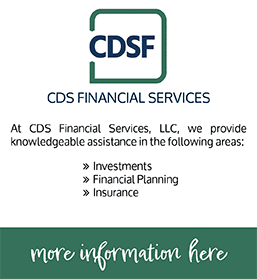If charitable giving is important to you, consider a donor-advised fund (DAF). A DAF — typically sponsored and managed by a community foundation or commercial investment company — offers many of the benefits of a private foundation at a fraction of the cost.
Upsides of a DAF
A DAF allows you to make tax-deductible contributions to an investment account and to advise the fund regarding which charities your contributions and earnings should be used to support. Tax regulations require the sponsor to have the final say on how your charitable dollars are spent, but in most cases the fund will follow your recommendations.
The advantages of a DAF include:
Immediate charitable deductions. The ability to set up a DAF quickly and secure an immediate charitable income tax deduction, without the need to identify a specific charitable beneficiary, is attractive to many donors. Why does this matter? Perhaps this is an ideal year for you — from a tax perspective — to make significant charitable donations, but you haven’t determined which charities you want to support.
Simplicity and low cost. Setting up a DAF is nearly as cheap and easy as opening a mutual fund account. Minimum contributions average around $25,000, although some DAFs allow you to open an account with as little as $5,000.
Private foundations, on the other hand, usually involve six- or seven-figure contributions, take several months to set up, and come with significant legal fees and other expenses. And while a DAF’s sponsor handles investment management and administration, a private foundation requires you to establish a board, hold periodic board meetings, keep meeting minutes and file tax returns.
Higher deduction limits. Cash contributions to DAFs, like donations to other public charities, are deductible up to 60% of your adjusted gross income (AGI). Noncash contributions are deductible up to 30% of AGI. Deduction limits for private foundations are 30% and 20%, respectively.
Privacy. Unlike private foundations and other charitable giving vehicles, a DAF allows you to remain anonymous if you so desire. Technically, when a DAF sponsor donates to a charity, it’s distributing its own assets, so you can elect to keep your name out of it. Alternatively, you can name your DAF after your mission — for example, the Fund for Alzheimer’s Research.
Downsides of a DAF
Once you contribute assets to a DAF, they become the sponsor’s property. Your role in directing distributions is, as the name indicates, strictly advisory, and you have little or no control over investment management.
Evaluate the costs and benefits
Whether a DAF is right for you depends on how much you plan to give to charity, the amount of time and resources you wish to commit to philanthropic activities, your need to retain control over your charitable assets, and other estate planning objectives. We can help you evaluate the relative costs and benefits to determine if a DAF is right for you.
Let us exceed your expectations! Contact one of our Estates and Trusts experts at (888) 388-1040.





